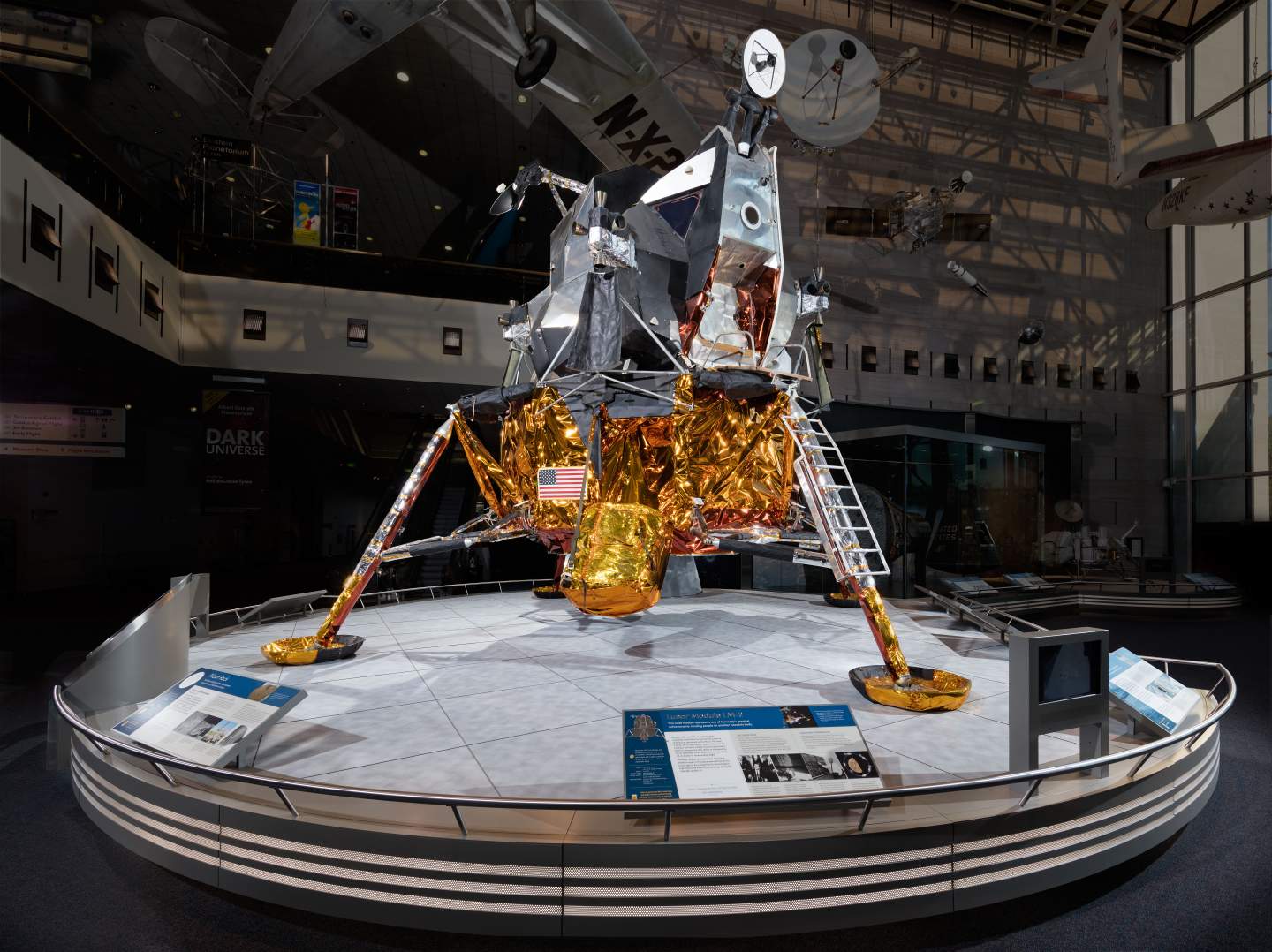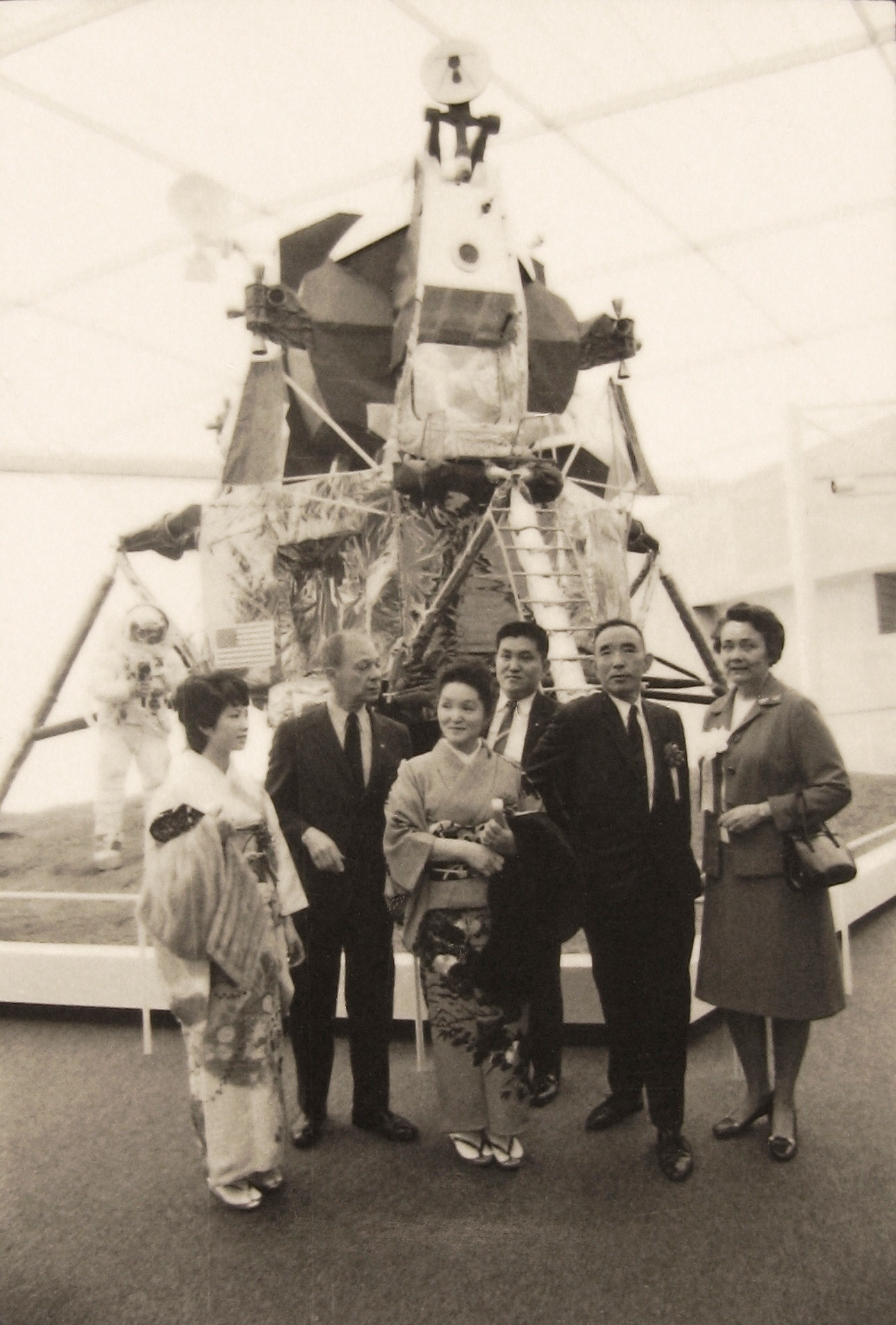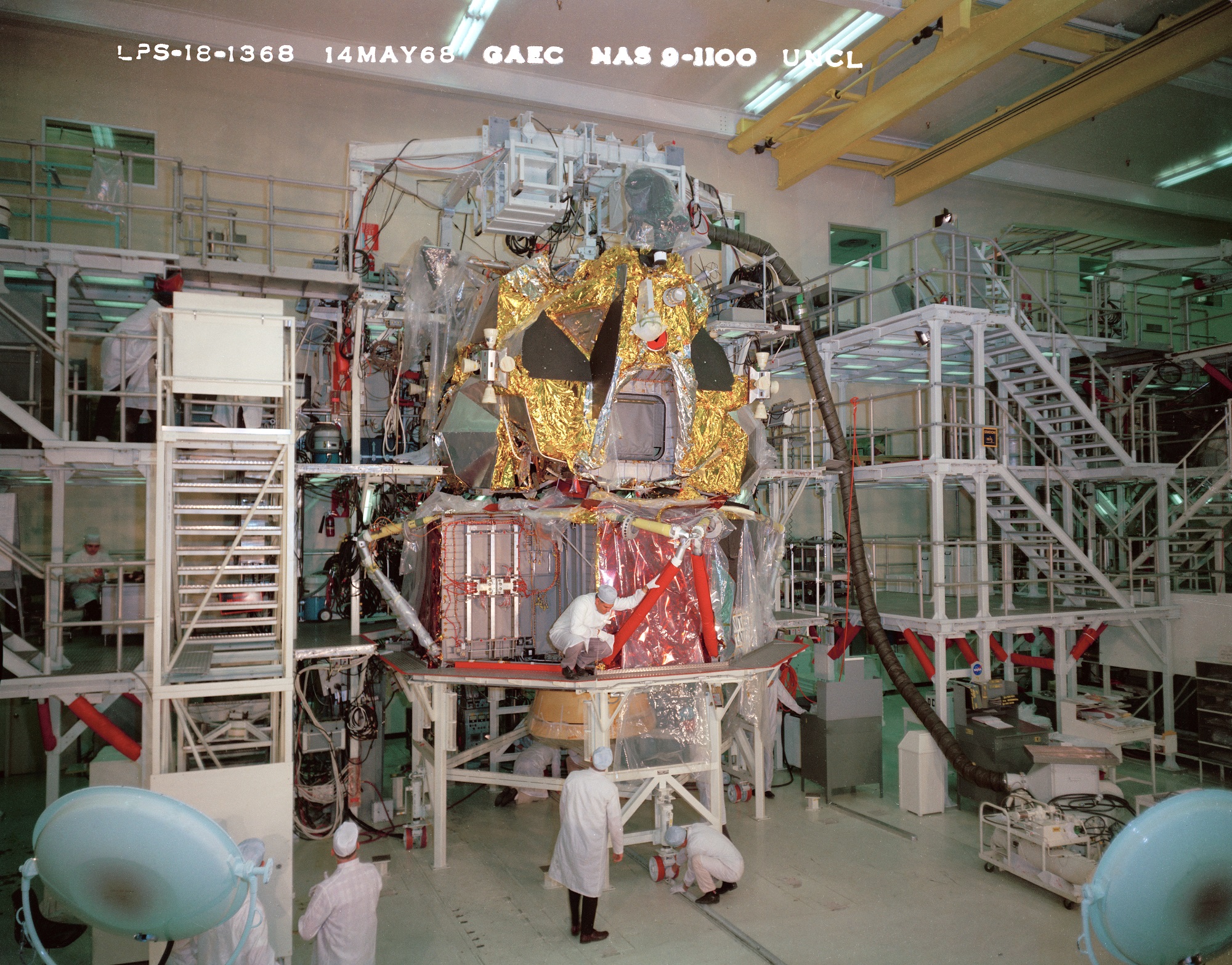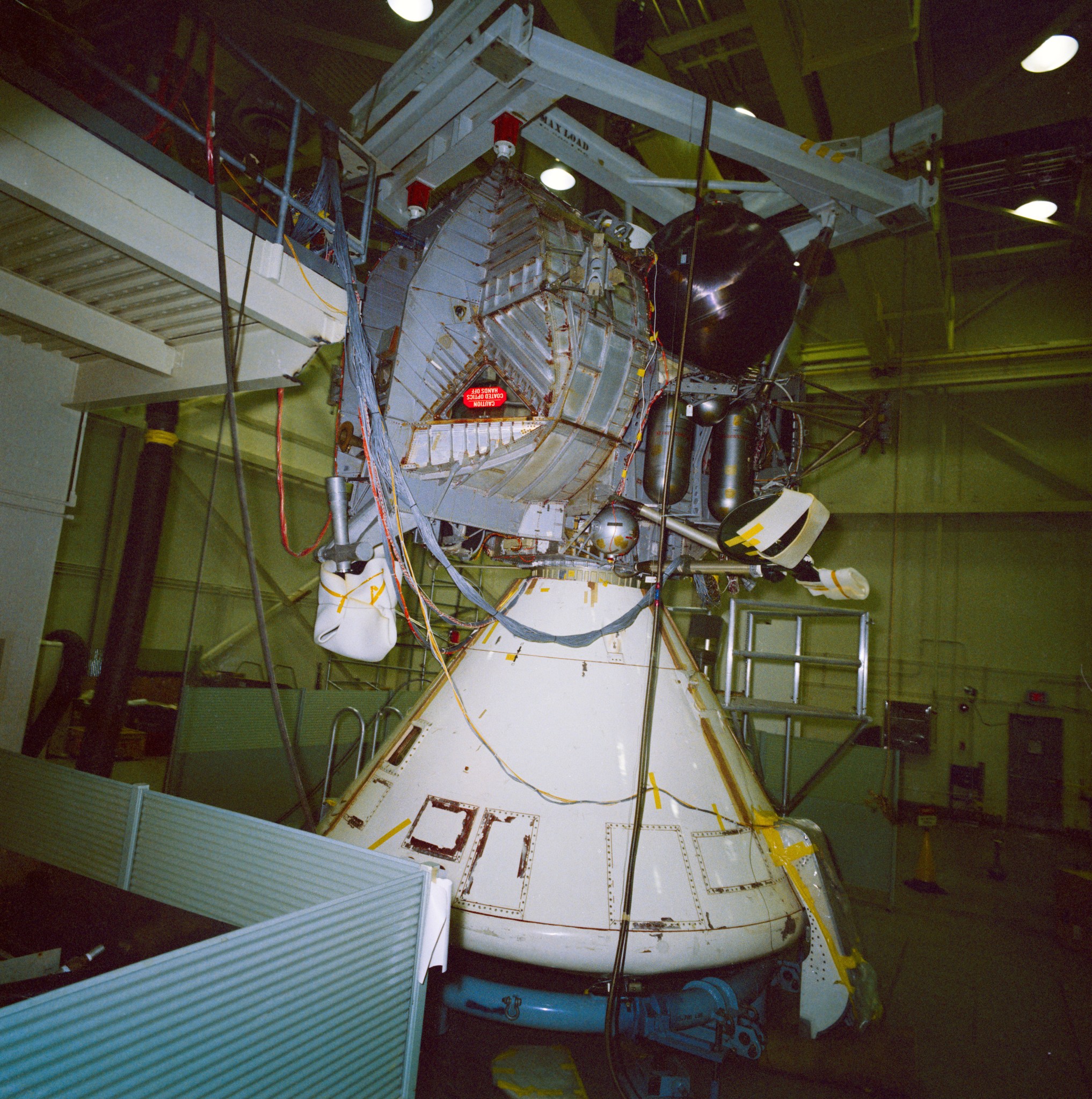50 years ago, on the way to the Moon…
On March 15, 1968, NASA announced that the planned second unmanned test flight of the Lunar Module (LM) was not needed given the success of the LM-1 flight during Apollo 5 in January. The decision to not fly LM-2 resulted in a significant cost and schedule savings to achieve the goal of landing a man on the Moon before the end of the decade. And while LM-2 never got to fly in space, it’s use as an important ground test vehicle helped clear the way for the first Moon landing. Because LM-2 was configured for an unmanned flight, it would have been too costly to reconfigure it for a manned flight, primarily to fireproof the cabin. As a result, the first manned test would utilize LM-3, then planned to be launched aboard a Saturn 5 in late 1968.
The decision at first put LM-2 and its Saturn 1B rocket into storage, but NASA managers decided to use LM-2 as a high-fidelity ground-test vehicle since it contained flight-like systems. After a short time in storage, LM-2 was shipped to the Manned Spacecraft Center in Houston, where engineers used it for dynamic testing in the Vibration and Acoustic Test Facility (VATF) to better understand the effects of the Saturn 5 pogo oscillations seen during the Apollo 6 mission in April 1968. The results of those tests contributed to NASA engineers clearing the next Saturn 5 to carry a crew. After the attachment of landing gear, between March and May 1969 engineers in the VATF used LM-2 to conduct drop tests to verify the structural integrity of the vehicle and its subsystems. Because LM-2 contained flight-like vehicle systems, the results of these high-fidelity tests helped clear the Apollo 11 LM-5 to land on the Moon just two months later.
After its ground testing days were over, LM-2 continued to be useful. In 1970, its ascent stage spent several months on display at the US Pavillion at “Expo ’70” in Osaka, Japan, mated to the descent stage of Lunar Test Article-8. When it returned to the United States, it was reunited with its descent stage, modified to appear like the Apollo 11 Lunar Module “Eagle,” and transferred to the Smithsonian in 1971 for display. In 2016, curators restored and relocated it to the new Boeing Milestones of Flight Hall in the National Air and Space Museum. The Saturn 1B rocket that was planned to launch LM-2 came out of storage in May 1973, when it launched the first crew to the Skylab space station.
Astronaut Russell Schweickart and Test Manager Robert Wren talk about LM-2 in their oral histories with the JSC History Office.





























